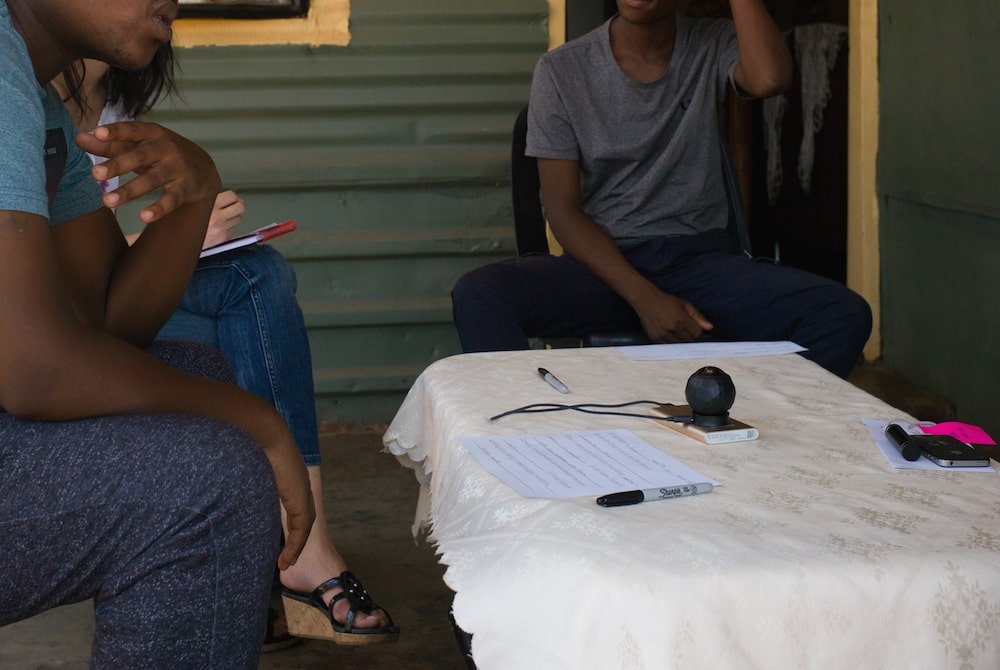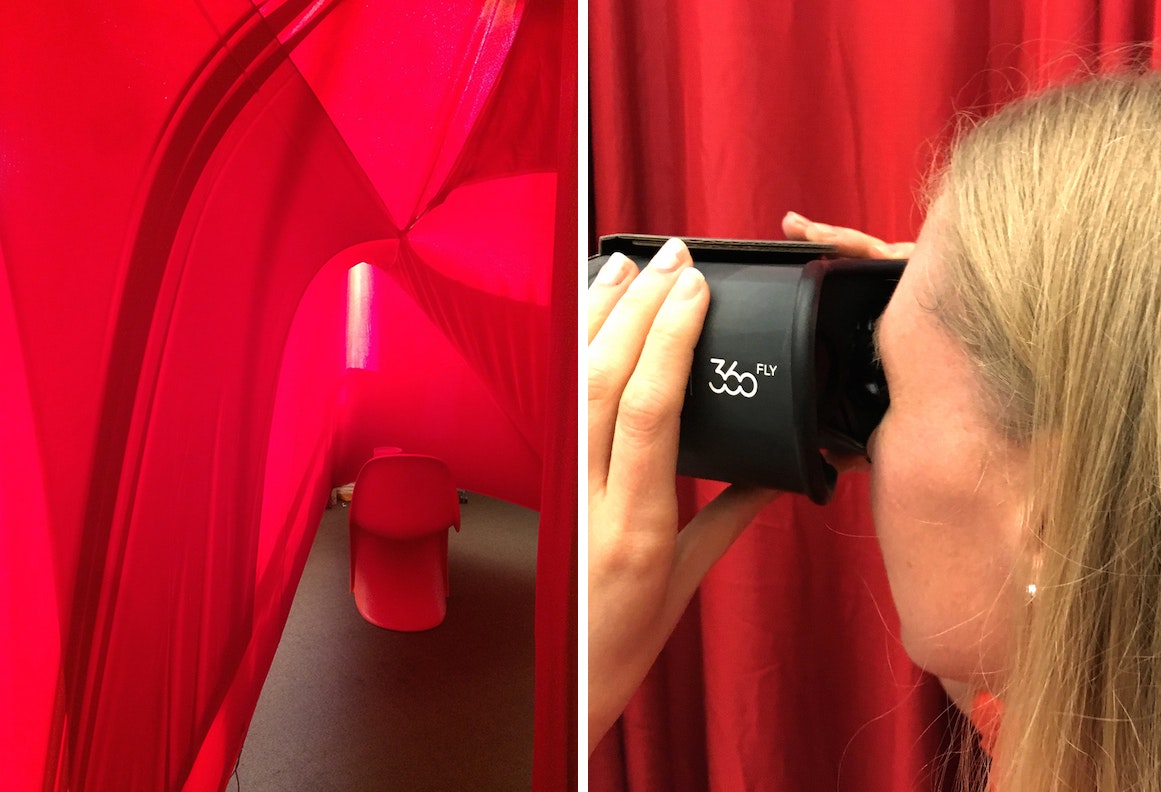Why VR Will Revolutionize How We Do Research

Today, everyone’s buzzing about virtual reality and its potential to revolutionize the gaming, news, and film industries. But there’s one application that you rarely hear about: research.
Last November, three IDEOers and I set off to South Africa for a project focused on women's health. With so many others back in Cambridge eager to stay involved, we wanted to create a way to share our experiences from 8,000 miles away.
So we transformed our project room back at IDEO into an immersive, womb-like experiential space. Inside: a single chair and VR viewer. Every day over the course of the trip, we sent virtual reality videos that teleported our colleagues from Cambridge to our happenings in the field.

From this experiment, we got a glimpse into the impressive potential of this technology to radically change our industry. Here are five reasons to consider using VR for your next design research adventure:
1. Being invisible is super powerful
The VR camera we used was pocket-sized—hardly intrusive. Its 360-degree lens also breaks users’ mental model of a camera, no longer conveying that it's staring at them, or you, or anything, really. It puts participants at ease as it quickly fades into the background.
2. You can capture background noise
Our research environments are rich and beautifully complex. But during a typical interview, we're so focused on what the participant is saying or what question we’re going to ask next, it’s hard to take it all in, and much gets lost in translation when recounting the details later on. VR gives you a way to capture the background environment, and lets you elegantly weave it into the full narrative.
3. You gain empathy from those far away
The IDEOers back home felt like they were a part of the experience—as if they were with us, in the moment, and not just hearing the story secondhand. They said the videos felt active and immersive, allowing their senses to be fully engaged. Photos and traditional video are useful, but it’s just not the same.

4. You’ll be part of the scene (like it or not).
Filming in 360 degrees means there are no degrees to hide in! And while some may argue that this is more an obstacle than a benefit, to me, it feels more honest. It captures the reality that our research is not a one-sided investigation but rather a two-way conversation and collaborative experience.
5. You’ll want to watch it again. And again.
With VR, each viewing opportunity is unique. The viewer decides where to look and what little detail to pay attention to. It’s like getting to relive a moment in a thousand different ways, without ever getting called out for staring at anyone or anything. Even more compelling: Because the experience feels so vividly real, one is left with an almost visceral sense of nostalgia that’s powerful and addictive.
I'm excited to see how design researchers continue to experiment with VR. Will we embed insights directly into the video? Will research participants be able to "walk" into virtual environments we create? The possibilities are limitless, so strap on your seatbelt (and headset).
Thanks to my project team: Ann Kim, Lauren Kim, and Greg Wolos
Words and art

Subscribe

.svg)







